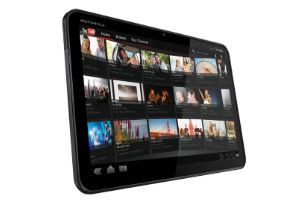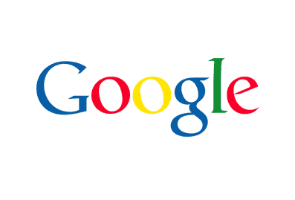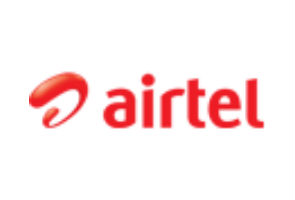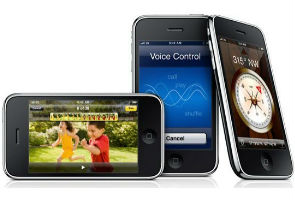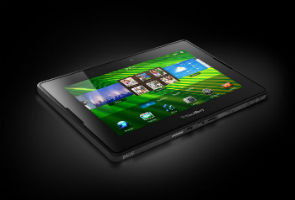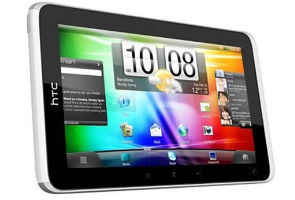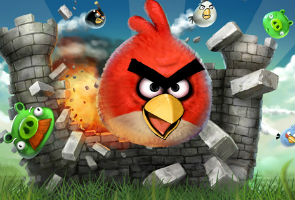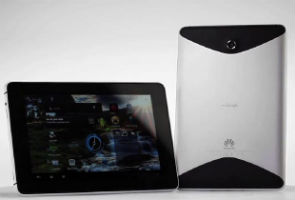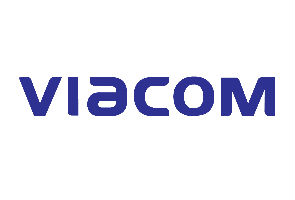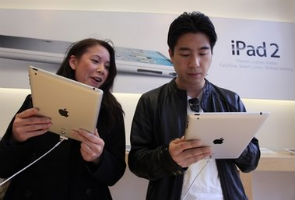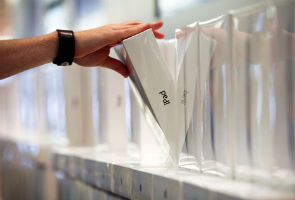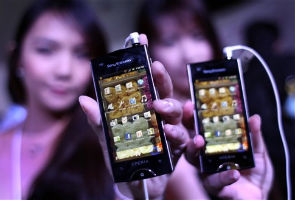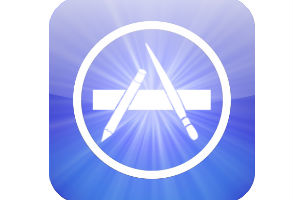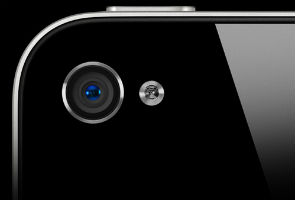It's raining tablets. Motorola has launched its flagship Android Honeycomb based tablet, the Xoom, in India a day after HTC's Flyer released.
The powerful 1 GHz dual core Tegra 2 processor powers the 1280x800 resolution 10.1-inch HD display. The Motorola Xoom was the first Honeycomb tablet to launch elsewhere around the world but was beaten to the finishing line by the Acer ICONIA A500 in India
The Xoom is priced quite competitively compared to the iPad 2 with the Wi-Fi + 32GB version at a street price of Rs. 32,990. and the Wi-Fi + 3G variant at a street price of Rs. 39,990
The biggest advantage that the Xoom has over the iPad 2 is the ability of expand available storage using a Micro SD card. However, it falls short in terms of tablet specific apps.
It has a 5MP rear camera with dual-LED flash and a modest 2MP front facing camera for video conferencing, which is undoubtedly better than what the iPad 2 has on offer.
With the BlackBerry PlayBook that launched on June 22, the Xoom and HTC's Flyer now offer Indian consumers tablet options to the iPad.
Detailed reviews of these tablets coming soon, right here
The powerful 1 GHz dual core Tegra 2 processor powers the 1280x800 resolution 10.1-inch HD display. The Motorola Xoom was the first Honeycomb tablet to launch elsewhere around the world but was beaten to the finishing line by the Acer ICONIA A500 in India
The Xoom is priced quite competitively compared to the iPad 2 with the Wi-Fi + 32GB version at a street price of Rs. 32,990. and the Wi-Fi + 3G variant at a street price of Rs. 39,990
The biggest advantage that the Xoom has over the iPad 2 is the ability of expand available storage using a Micro SD card. However, it falls short in terms of tablet specific apps.
It has a 5MP rear camera with dual-LED flash and a modest 2MP front facing camera for video conferencing, which is undoubtedly better than what the iPad 2 has on offer.
With the BlackBerry PlayBook that launched on June 22, the Xoom and HTC's Flyer now offer Indian consumers tablet options to the iPad.
Detailed reviews of these tablets coming soon, right here
